In the animal kingdom, different species have developed unique social structures to maintain order, survival, and reproduction. Some animals take social structures a step further by practicing social exclusivity—a behavior where certain individuals or groups within a species are excluded from others, often in terms of territory, mating rights, or group membership. This exclusivity is often used to protect resources, ensure reproductive success, or maintain power. Here’s a look at some animals that exhibit this intriguing behavior and why they do it.
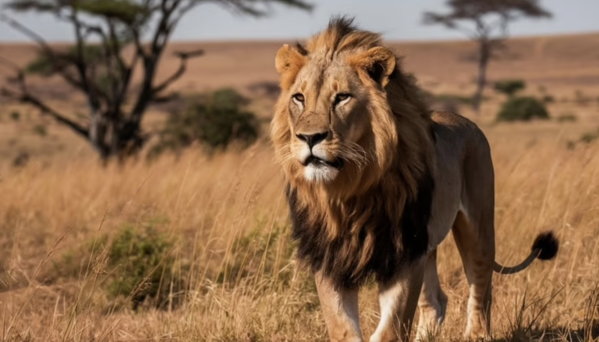
Lions are famous for their prides, which are groups usually composed of a few adult males, related females, and their offspring. Social exclusivity is most clearly seen in the behavior of coalitions of male lions. These coalitions, usually consisting of brothers, work together to take over a pride. Once they succeed, the new dominant males practice exclusive breeding rights. Only the dominant males can mate with the females in the pride, often driving out or even killing cubs sired by the previous males to make room for their offspring. This exclusivity ensures that their genes are passed on, and they will aggressively defend their status from rival males.
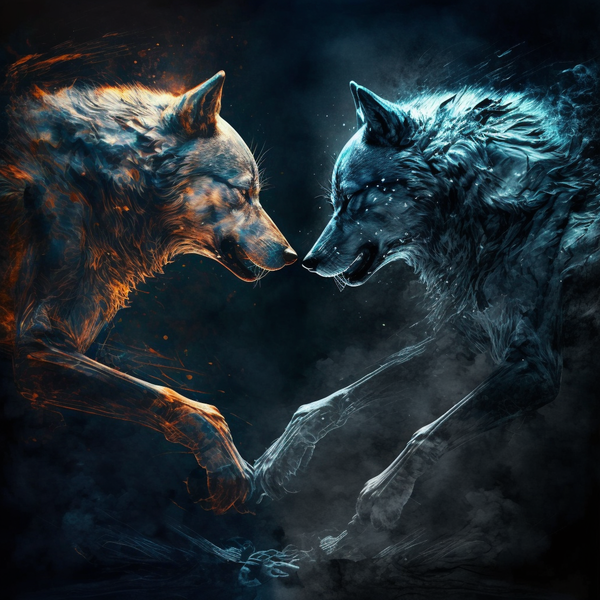
Wolves live in highly structured packs where exclusivity is enforced through a strict hierarchy. Each pack has an alpha male and female, who are the only wolves allowed to breed. The rest of the pack members, usually offspring from previous litters, assist in raising the alpha’s pups. The alphas enforce social exclusivity not just in breeding but also in feeding; they eat first, ensuring they are the most well-nourished. Subordinate wolves who challenge this exclusivity face aggressive responses or even expulsion from the pack. This rigid structure helps maintain order and ensures the survival of the strongest and most capable wolves.
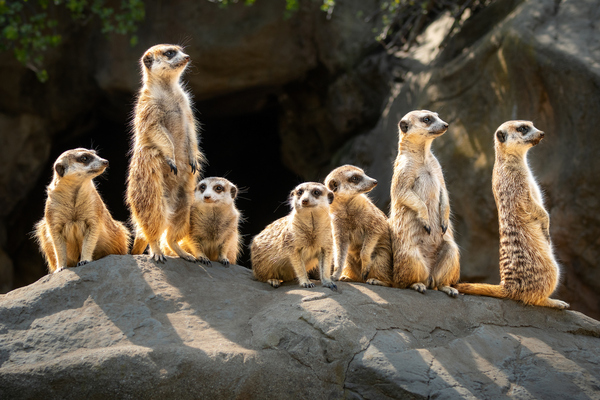
Meerkats live in tight-knit social groups with a clear hierarchy, and within these groups, exclusivity is common. The dominant female is typically the only one allowed to breed, often expelling subordinate females who attempt to mate. Other females act as helpers, taking care of the dominant female’s pups, digging burrows, and serving as lookouts. The social exclusivity in meerkat groups helps reduce competition for resources and ensures that the dominant female’s offspring, which have the highest chance of survival, are well cared for.
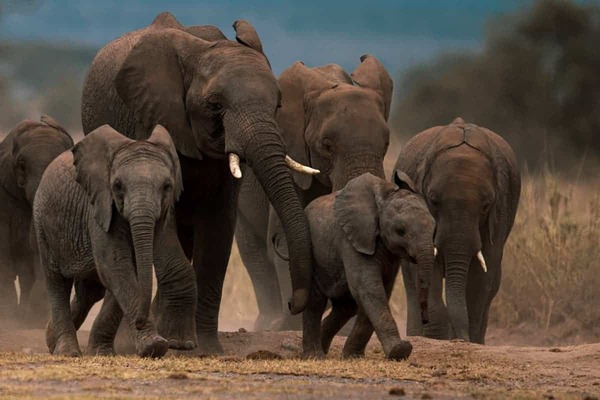
Elephants are known for their matriarchal societies, where a female leader, often the oldest and wisest, leads a group of related females and their young. While Elephants-Are-Endangered.html">elephants do not have strict breeding exclusivity like lions or wolves, there is still social exclusivity based on age, experience, and relationship to the matriarch. Older females hold the highest rank, and their decisions about where to find water or food are rarely challenged. Male elephants, on the other hand, are often excluded from the herd once they reach adolescence and live solitary lives or in small, all-male groups. These bachelor groups are not part of the female-dominated social circle, and males only return to the herd for mating purposes.
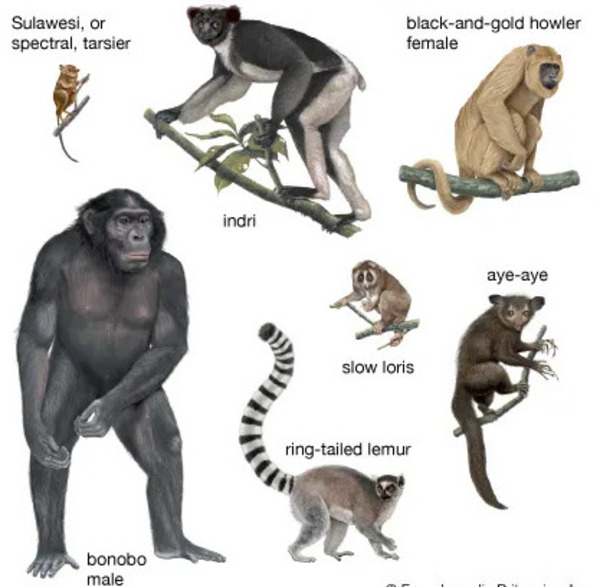
Primates, particularly chimpanzees and baboons, exhibit complex forms of social exclusivity. In chimpanzee societies, males establish dominance hierarchies where the most powerful males get the first choice of food and mates. Female chimpanzees can also form exclusive coalitions, often based on family ties, that allow them to control resources or resist male dominance. Baboons, on the other hand, have a troop structure where males fight for dominance and exclusive access to females, but high-ranking females also have the power to form alliances, giving them control over resources and social standing.

Many bird species, such as eagles, hawks, and even small birds like sparrows, exhibit territorial exclusivity, especially during mating season. Males will often claim a specific territory and exclude other males from entering. This territory provides them with resources such as food and nesting sites, which they then use to attract females. In some species, only the dominant males with the best territories will get a chance to mate, while others are left with little or no access to breeding opportunities. Territorial battles are common, and the ability to exclude rivals is a critical factor in reproductive success.

dolphins.html">Dolphins, particularly bottlenose dolphins, form complex social groups with alliances that exclude other males. These alliances often consist of a few males who work together to court and protect females, ensuring exclusive access to them. These male groups will sometimes aggressively exclude rival males from the group, maintaining control over the females within their alliance. Female dolphins can also display social exclusivity, forming tight-knit pods and excluding unfamiliar or less dominant females from entering.
Protection of Resources: Animals that practice social exclusivity often do so to protect critical resources such as food, territory, and mates. By excluding others, they ensure they have enough to survive and reproduce.
Reproductive Success: Many species enforce exclusivity to control who mates and ensure that the strongest or most dominant individuals pass on their genes. This ensures that the offspring are well-equipped to survive.
Maintaining Social Order: In highly social animals, exclusivity helps maintain order within the group, preventing chaos. Dominant individuals often enforce rules that keep subordinate members in check, reducing conflict.
Survival of the Fittest: Exclusivity often supports natural selection by ensuring that only the fittest, strongest, or most resourceful individuals reproduce and thrive. Those excluded may have to wait for their chance or perish.
Social exclusivity is an important strategy for many animals in ensuring their survival, dominance, and reproductive success. Whether through territorial battles, strict hierarchies, or mating exclusivity, animals have developed ways to limit access to vital resources and reproductive opportunities. By understanding these behaviors, we can gain a deeper appreciation of the complex social structures that govern the animal world.
animal tags: Dolphins
We created this article in conjunction with AI technology, then made sure it was fact-checked and edited by a Animals Top editor.